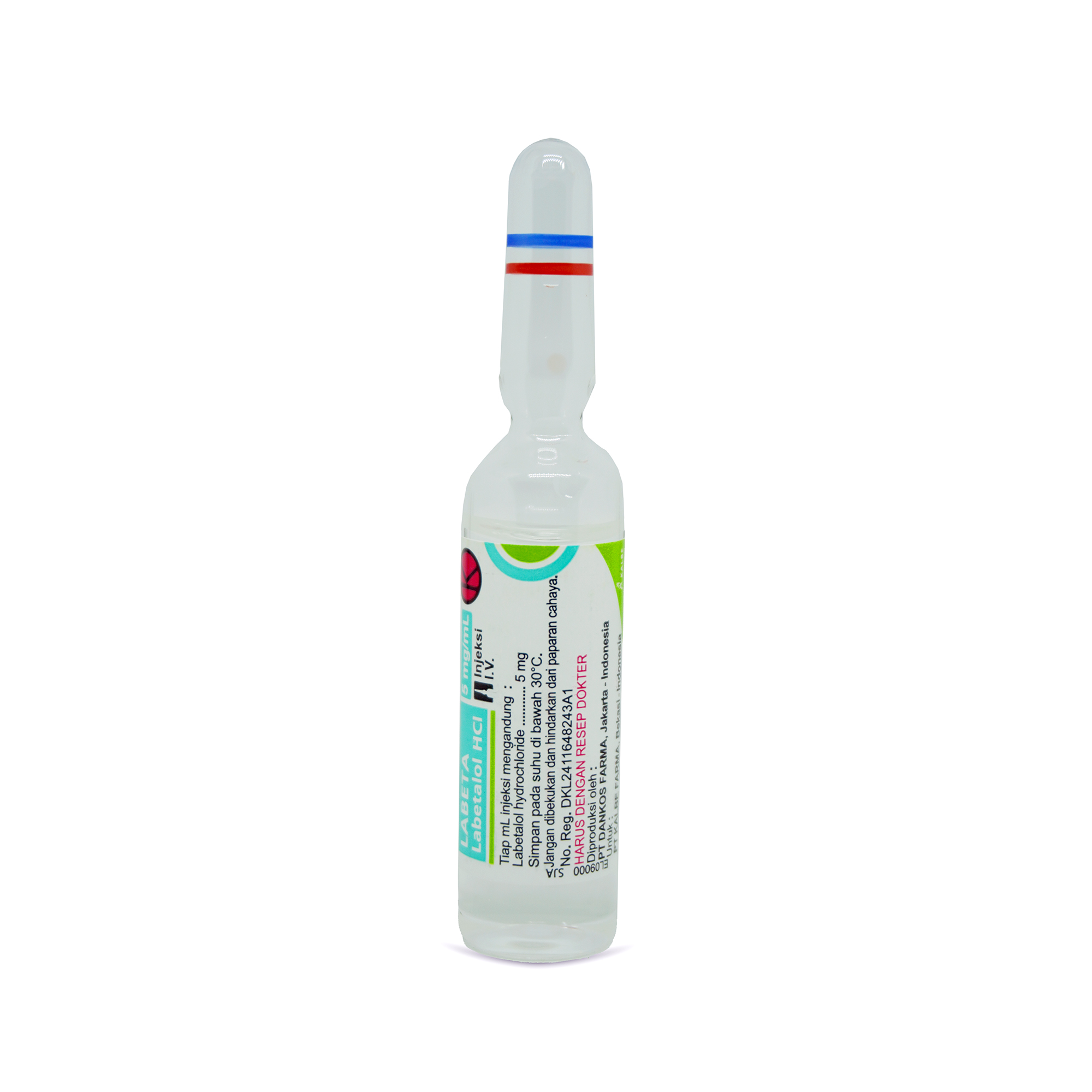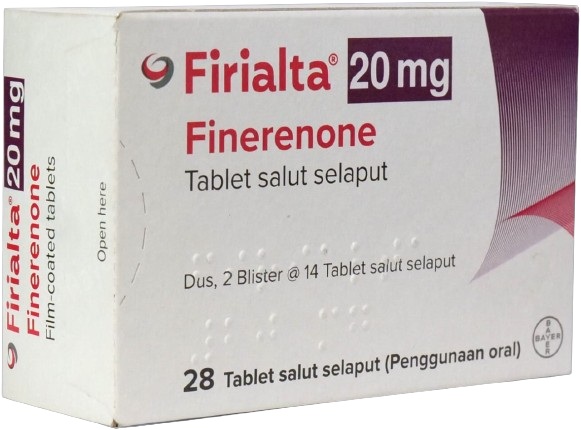
Bisphosphonate saat ini dipertimbangkan sebagai terapi lini pertama untuk osteoporosis di seluruh dunia dengan banyak bukti kemampuan obat tersebut dalam mengurangi risiko fraktur tulang belakang dan selain tulang belakang. Baru-baru ini, bisphosphonate juga dikaitkan dengan peningkatan kelangsungan hidup.
Bukti pertama dari hubungan positif antara penggunaan bisphosphonate dan kelangsungan hidup berasal dari suatu penelitian RCT yang menunjukkan bahwa zoledronic acid dikaitkan dengan penurunan risiko kematian sebesar 28% dibandingkan dengan plasebo. Selanjutnya, meta-analisis obat anti-osteoporosis dari 8 RCT (meliputi risedronate, zoledronic acid, denosumab, dan strontium ranelate) menemukan manfaat gabungan (~11%) dari obat-obat ini pada risiko kematian.
Mekanisme di mana bisphosphonate berdampak pada kelangsungan hidup tidak sepenuhnya dipahami. Beberapa hipotesis telah diajukan untuk menjelaskan efek ini, antara lain melalui penurunan tingkat fraktur berikutnya atau penurunan tingkat pengeroposan tulang. Pengeroposan tulang yang berlebihan dikaitkan dengan peningkatan risiko kematian, baik pada populasi umum maupun pasca-fraktur.
Suatu penelitian dilakukan untuk mengetahui apakah kaitan antara bisphosphonate dan tingkat kematian dimediasi oleh penurunan tingkat pengeroposan tulang. Canadian Multicentre Osteoporosis Study berbasis populasi ini melibatkan 1.743 wanita berusia ≥50 tahun. Pengguna bisphosphonate dikelompokkan menjadi pengguna nitrogen bisphosphonate (nBP; alendronate atau risedronate) dan etidronate serta non-pengguna (NoRx). Ada 271 pasang nBP dan NoRx yang cocok dan 327 pasang etidronate dan NoRx yang cocok.
Hasilnya menunjukkan bahwa penggunaan nBP, tetapi tidak etidronate, dikaitkan dengan penurunan risiko kematian yang signifikan (HR=0,61 untuk nBP dan 1,35 untuk etidronate). Pengeroposan tulang yang cepat dikaitkan dengan lebih dari 2 kali lipat peningkatan risiko kematian dibandingkan dengan tidak ada pengeroposan tulang. Analisis mediasi menunjukkan bahwa 39% dari hubungan nBP dengan tingkat kematian dikaitkan dengan penurunan tingkat pengeroposan tulang. Temuan ini memberikan wawasan tentang mekanisme hubungan antara nBP dan manfaatnya terhadap kelangsungan hidup pada pasien osteoporosis.
Kesimpulan:
Penggunaan nitrogen bisphosphonate (seperti alendronate atau risedronate) pada wanita dikaitkan dengan kelangsungan hidup yang lebih baik dan penurunan pengeroposan tulang yang signifikan.
Gambar: Ilustrasi (Sumber: Pressfoto-Freepik)
Referensi:
1. Bliuc D, Tran T, van Geel T, Adachi JD, Berger C, van den Bergh J, et al. Reduced bone loss is associated with reduced mortality risk in subjects exposed to nitrogen bisphosphonates: A mediation analysis. J Bone Miner Res. 2019 Nov;34(11):2001-11.
2. Bolland MJ, Grey AB, Gamble GD, Reid IR. ffect of osteoporosis treatment on mortality: A meta-analysis. J Clin Endocrinol Metab. 2010 Mar;95(3):1174-81.















